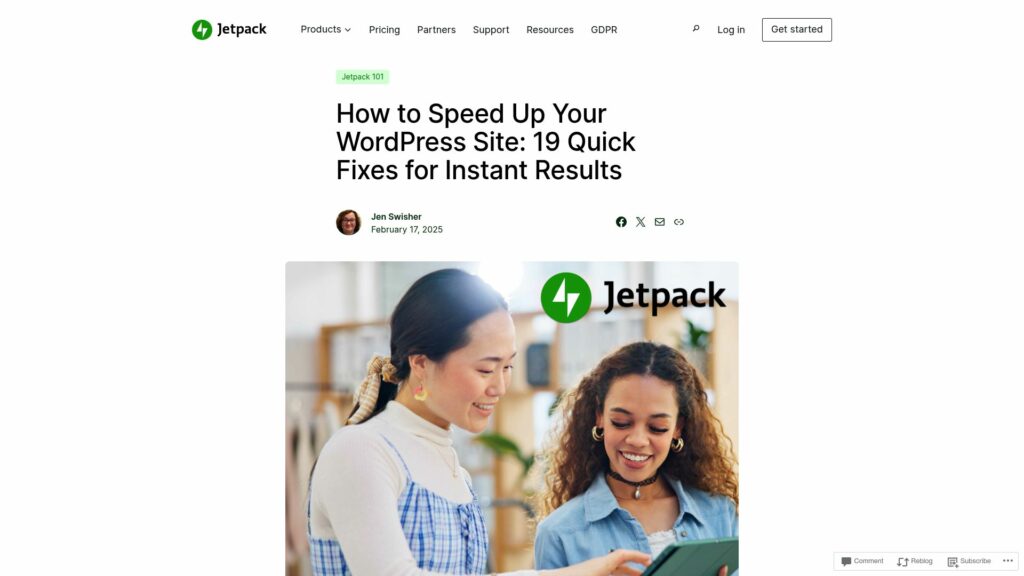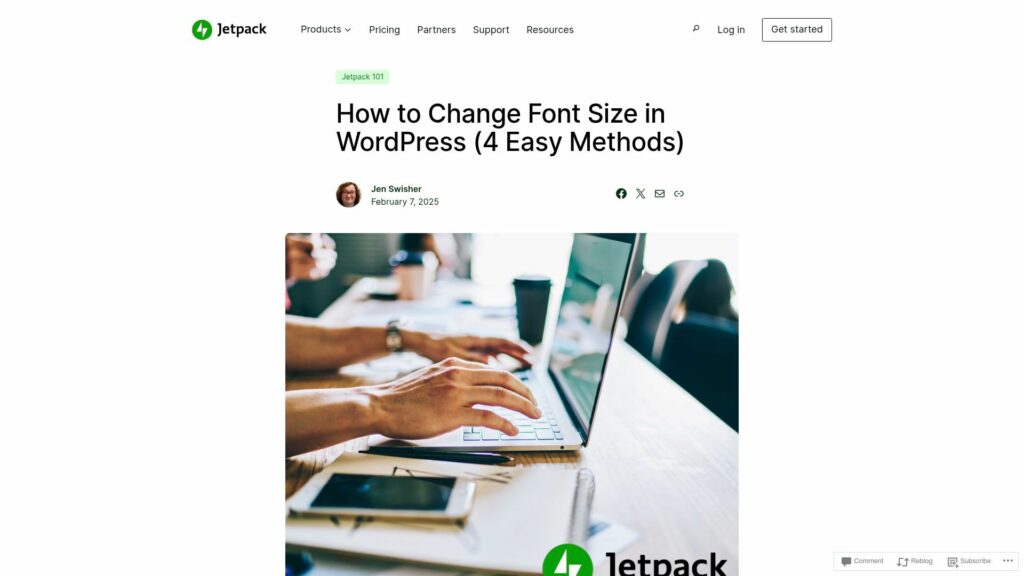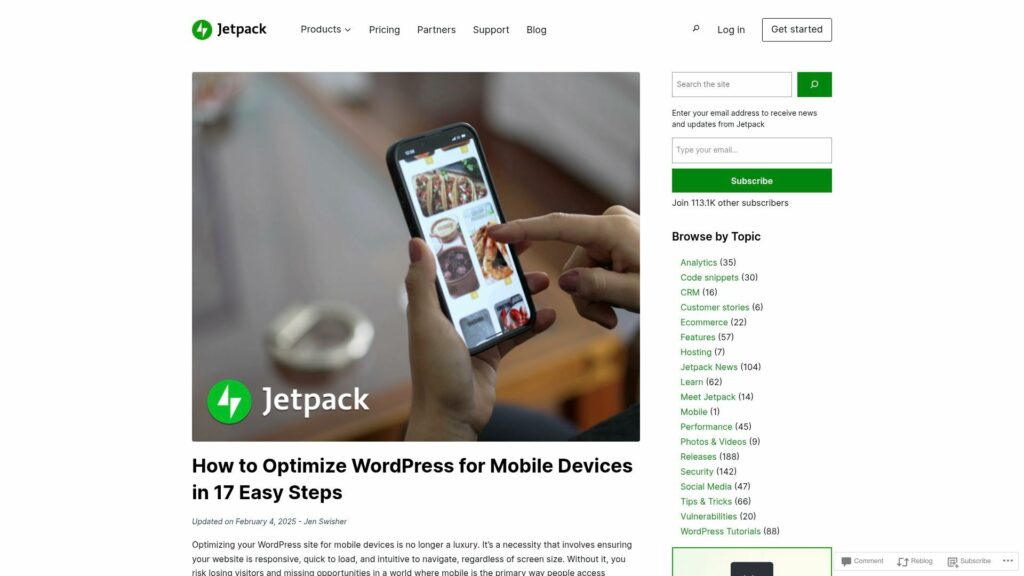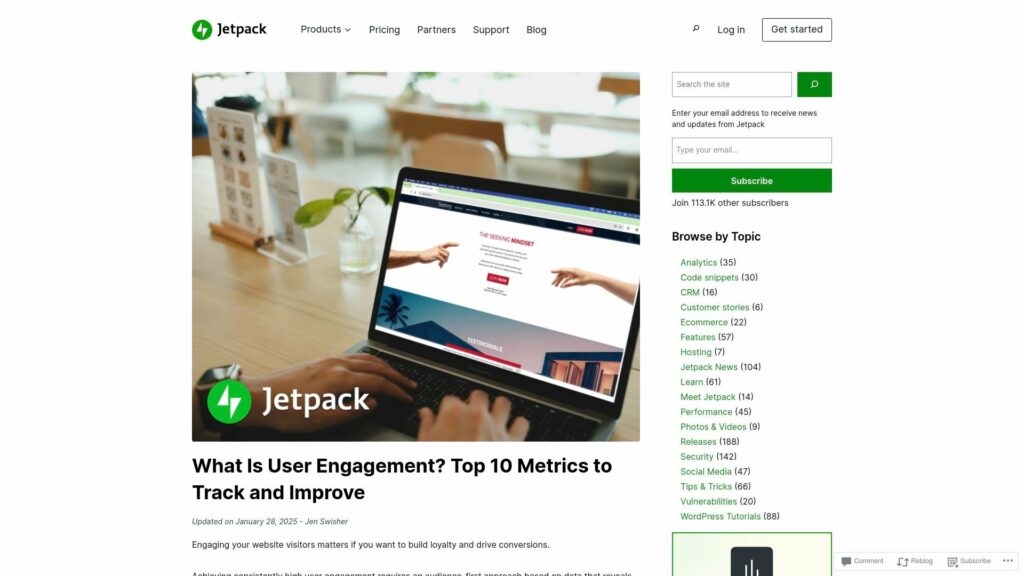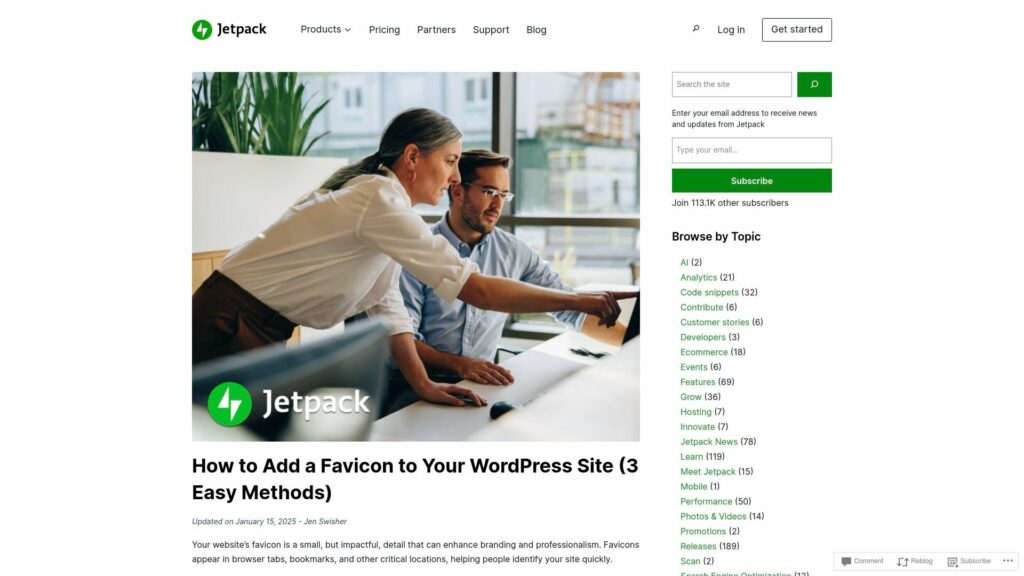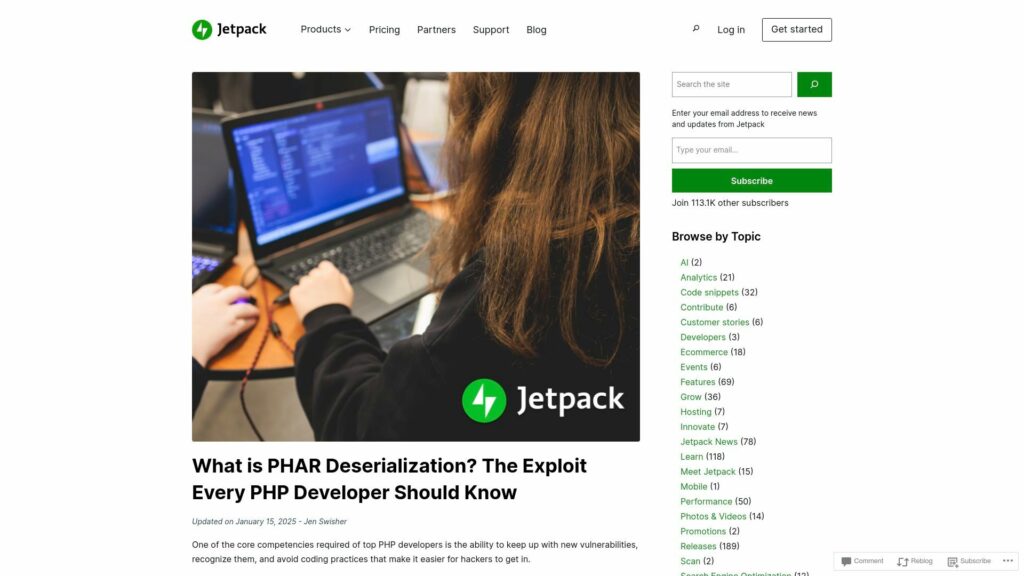How to Speed Up Your WordPress Site: 19 Quick Fixes for Instant Results
Slow websites frustrate users, lower search rankings, and harm revenue. Optimizing a WordPress site for speed can be simple. Key strategies include using one-click optimization plugins, caching, reducing image sizes, utilizing CDNs, generating critical CSS, deferring JavaScript loading, minifying code, enabling GZIP compression, limiting post revisions, using system fonts, disabling hotlinking and pingbacks, cleaning up databases, switching to lighter themes, upgrading hosting, and ensuring everything is updated. Testing speed with tools like Jetpack Boost or Google PageSpeed Insights can help confirm improvements. Prioritizing site speed enhances user experience, boosts SEO, and increases conversion rates. Using Jetpack Boost simplifies the optimization process.
